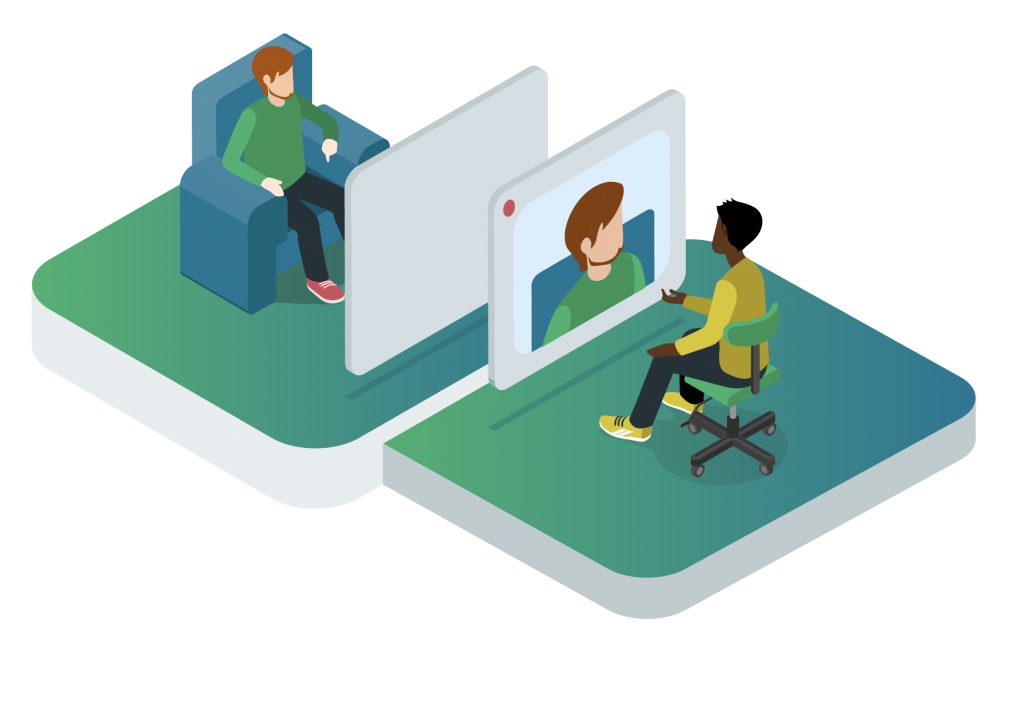What is a lone worker monitoring system?

As an employer, you have a legal duty to ensure the personal safety of employees and contractors while they’re working for you. If they work alone, they’re likely to face extra risks.
So what can responsible employers do to ensure the safety of their workforce? What are the benefits to a lone worker monitoring system, and how can you implement one? Read on for our quick guide.
How has the Covid-19 pandemic affected lone working?
Since lockdown, many more people have begun working alone from home. Some workplaces are almost deserted, with perhaps just one staff member present to keep things ticking over.
Lone workers who are client-facing might also be facing heightened risks, particularly if they are frontline staff. They may be visiting homes that are not Covid-secure, and they could face increased hostility due to the stress that people are under.
And drivers, particularly for public transport, are also at higher risk.
These changes to the working landscape have been sudden, so many employers are struggling to adapt.
Risk assessments for lone working
You need to carry out a risk assessment that takes into account your workers’ different needs, and puts policies and measures in place to keep them as safe as possible.
You should consider issues such as whether the work can be safely done alone; how to respond in an emergency; when supervisors should visit lone workers; and what monitoring and alarm system should be put in place.
Lone worker monitoring systems
You can protect your lone workers through monitoring and tracking.
This involves agreeing a regular contact schedule on a proactive or reactive basis – for example, after each home visit, or every hour. Workers check in via an app downloaded to any smartphone, or with a designated team that calls them or responds to their calls at the agreed times.
![]()
If the worker reports a problem or fails to check in, the monitoring hub initiates your emergency procedure – eg by sending out support or calling the emergency services. GPS tracking enables the hub to pinpoint your worker’s location.
Apps include panic alarms so workers can discreetly call for help at any time. Motion detectors are also useful for jobs with a high risk of accidents, as they can tell if a worker has fallen or not moved for a certain length of time.
People who can’t easily access their phones at work might choose lone worker safety devices which can be clipped to a belt or a car dashboard.
Safety tips for working alone
 The Suzy Lamplugh Trust offers the following tips for employers dealing with a sudden increase in home workers due to Covid-19:
The Suzy Lamplugh Trust offers the following tips for employers dealing with a sudden increase in home workers due to Covid-19:
1) Ensure each person has a work buddy they can check in with at the start and end of each day
2) Keep an open dialogue with employees so they can raise any concerns.
3) Maintain a culture that prioritises workplace personal safety so employees know they have your support.
And here are some general tips for your lone workers that are applicable to many situations:
1) After dark, always park in a well-lit place.
2) On home visits, only take essentials into the home.
3) Always have a plan for exiting in an emergency – ensure nobody sits between you and the door.
4) Trust your intuition, and leave if you feel uneasy.
5) Get training in de-escalating situations with clients.
6) Take regular breaks, particularly if handling machinery or driving. Without colleagues keeping you alert, it’s easy to make mistakes through tiredness.
Outsourcing your lone worker monitoring service
For many organisations, particularly those with only a few lone workers, it’s hard to provide the necessary support services.
By outsourcing your lone worker tracking system to Connect Assist, you can be assured of a cost-effective, robust 24/7 support service for any staff member or contractor at risk.
Contact us today to discuss your lone worker monitoring requirements.







